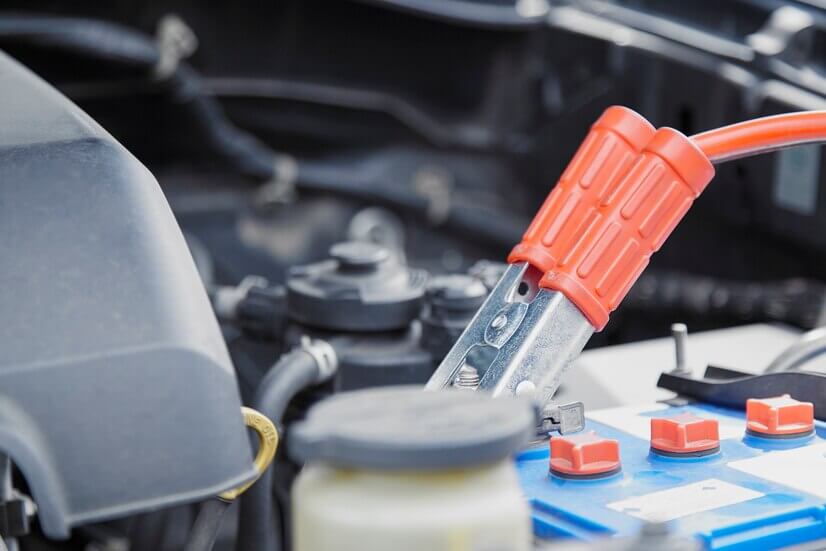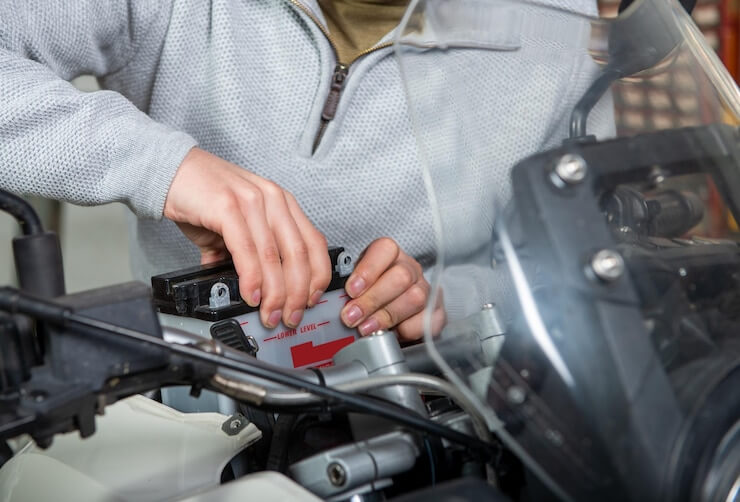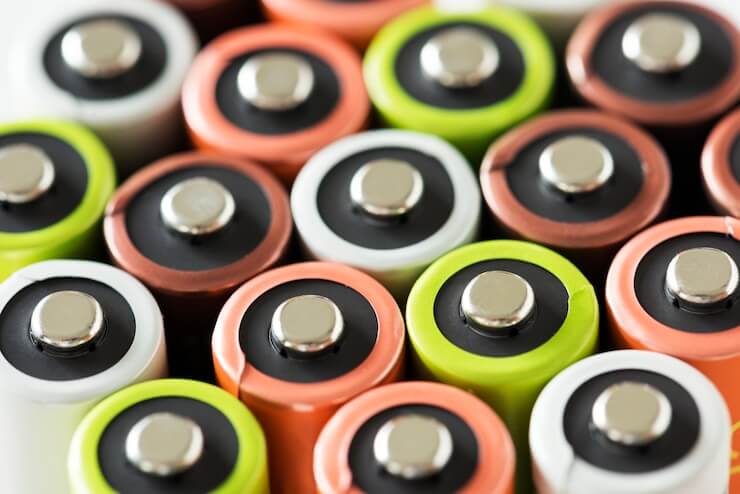Introduction
It’s a common misconception that all batteries are the same: they’re not. The types of batteries and their requirements for charging depend on many factors including the size and type of battery, what it’s being used for, and how long it needs to hold its charge between charges. A typical battery charger is designed to be “universal” in its ability to handle different types of batteries without sacrificing efficiency or effectiveness—but there are also specialized chargers out there that work best with specific types of batteries.
There are different types of battery chargers because there are different types of batteries:
Batteries have different voltages and amp hours. A battery with a high voltage will charge faster than a battery with a lower voltage, but you need to be careful because higher voltages can also damage your engine (and possibly the charger itself). This is why you shouldn’t use a charger that’s meant for 24V lead acid batteries as a 12V car or motorcycle charger.
Batteries also have different cranking amps (CA), which are used to start your vehicle. If the CA rating of your battery is too low, it may not be able to start your car or motorcycle after sitting for several weeks without being driven. That’s why some chargers will tell you whether they’re safe for use with an engine starter; if they aren’t compatible with engines that require cranking current, they’ll mention this in their product descriptions or features lists.
Finally, there are various charging requirements depending on whether you’re charging an AGM/lead acid cell or lithium type of rechargeable battery! It all gets pretty technical once we start talking about how those different types actually work inside our vehicles.
Different types of batteries have different requirements for charging.
Some can be charged at any time, some need to be charged at certain times and some need to be fully discharged before charging. For example: NiMH batteries should always be charged before use, but they can also be used first and then recharged. Li-ion cells should never be overcharged as this can cause permanent damage to the battery cells. LiFePO4 batteries are very sensitive to overcharging (like lithium-ion), so they require a dedicated charger with an intelligent charging algorithm that won’t overcharge the battery even if it’s completely full!
Different battery chargers are used for different types of batteries.
Many people don’t realize that there are different types of battery chargers. Even though they all do the same thing, charge your battery—there are subtle differences in how they work, how they’re designed, and what type of power source they require to run.
These differences can make a big difference in terms of safety and efficiency. It’s important for you to know which charger you have and make sure it’s compatible with the type of batteries you own. Not only will this prevent damage to both your device and yourself (or others), but it will ensure that the process is as efficient as possible so that you get back up-and-running faster!
Victron chargers are a universal charger that can be used for all automotive and deep cycle battery types.
It is also known as a smart charger, because it uses software to optimize the charging process and ensure that your batteries are fully charged without overcharging them.
Victron chargers have many different features such as the recondition cycle which allows you to recondition old wet cell lead acid batteries, lithium battery charge settings, AGM charge settings and trickle charger settings. In addition to this, it comes with an app so you can control the settings from your phone or smart device!
Different types of batteries require different charging methods and equipment.
While all batteries are essentially the same, there are different types of batteries that require different charging methods and equipment. The most common battery types include:
- Lead-acid (car, boat, and caravan)
- Alkaline (AA, AAA, C and D)
- Lithium-ion (laptop, cellphone, deep cycle)
A battery charger is a device used to put energy into a secondary cell or rechargeable battery by forcing an electric current through it.
It may work with rechargeable batteries like lithium ion, nickel-based and other types of batteries. It is sometimes referred to as an “electricity source” or power supply. The first battery charger was invented in 1789 by Alessandro Volta in Italy.
The charging protocol (how much voltage or current for how long, and what to do when charging is complete) depends on the size and type of the battery being charged.
- Depends on the size/chemistry/type of battery being charged.
- The type of battery you’re charging determines how your charger should be configured.
- Charging a lithium-ion or nickel metal hydride battery is different from charging a lead acid one; each has its own unique requirements.
- A good charger will adapt its settings based on what kind of cells it’s working with.
Some battery types have high tolerance for overcharging (i.e., continued charging after the battery has been fully charged) and can be recharged by connection to a constant voltage source or a constant voltage with limited current.
Some battery types have high tolerance for overcharging (i.e., continued charging after the battery has been fully charged) and can be recharged by connection to a constant voltage source or a constant voltage with limited current. These batteries can withstand overcharging as they have a low internal resistance which means that when the battery is charged, it will not heat up as much as other types of batteries.
The most common type of rechargeable battery is Lithium Metal Phosphate Lifepo4. It comes in different sizes, shapes and capacities depending on your device’s requirements. For example, if you want to use it on your laptop or mobile phone then you need to get a larger capacity than if you were using it in an MP3 player or camera where capacity doesn’t matter so much but size does!
Others cannot withstand over-charging, requiring that their charging be discontinued when they reach full charge by detecting their voltage, by timing the duration of their charging, or based on an estimate of their electrical capacity.
There are two main types of chargers:
- One is the constant-current battery charger. This type of charger will continue to provide a high current until the battery voltage reaches its peak and then will reduce the current over time until it’s no longer needed. This type of charger is generally used for charging lead acid batteries.
- The other type is the constant-voltage battery charger that maintains a constant voltage at all times during charging, thus preventing overcharging.
All batteries need energy input to work correctly
Batteries are a type of energy storage device. They store energy in the form of chemical energy, and they are used in many different ways to power devices and applications. In fact, batteries are so popular because they can be used in such a wide variety of settings. They can be found everywhere from your home to your car and even in space!
Batteries come in all shapes and sizes, but they all serve the same purpose: storing electrical potential for later use by powering something else.
Conclusion
The battery charger is a device that is used to put energy into a secondary cell or rechargeable battery by forcing an electric current through it. Battery chargers are designed to meet specific needs for different types of batteries. The type of battery charger required depends on the size and type of the battery being charged.
For more information on our victron energy battery charger range, don’t hesitate to come see us at 1/21 Empire Crescent, Chevallum 4555.





